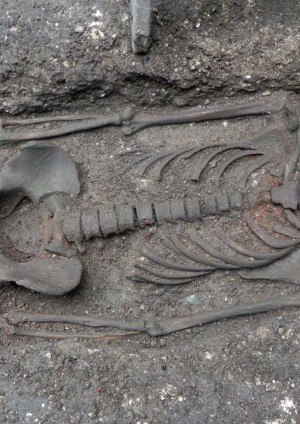The London Crossrail Project: Desk Study Reconnaissance and Evaluation. Data Sources and Outcomes Liverpool Street a Case Study
Document
type: Journal Publication
Author:
Jay Carver BA (Hons) MIFA, Michael Court, Nicholas Elsdon
Publication
Date: 30/09/2011

